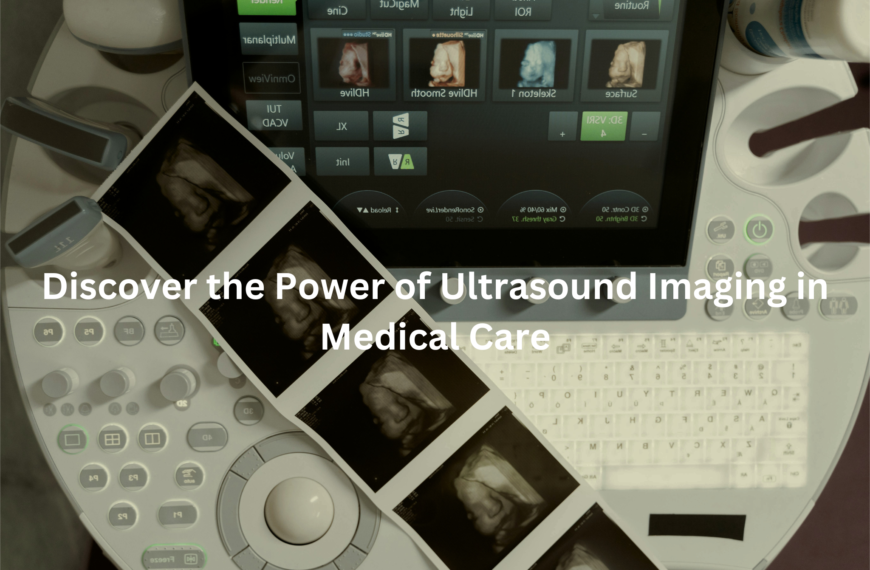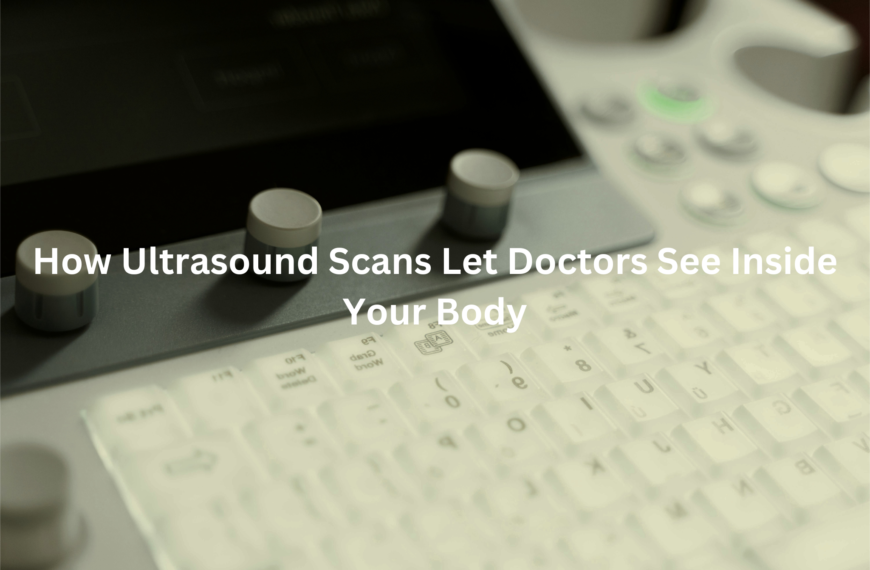Learn how to interpret chest X-rays systematically, avoid diagnostic errors, and unlock precise insights for better care.
Interpreting chest X-rays is essential for accurate diagnosis in clinical practice. This guide offers a structured approach, key diagnostic tips, and tools to enhance precision. Whether you’re an experienced radiologist or an emergency physician, mastering these fundamentals ensures high-quality patient care.
Key Takeaways
- Systematic Methodology: Follow structured steps to assess lung fields, heart borders, and mediastinal structures accurately.
- Advanced Tools: Incorporate AI-powered solutions for earlier detection of lung cancer, pleural effusion, and cardiac anomalies.
- Ethical Practice: Ensure data privacy and clinical transparency while improving diagnostic accuracy with innovative tools.
Key Structures in Chest X-rays
Chest X-rays (CXR) might seem straightforward, but they’re layered with information about the human body. Starting with key structures helps create a clear mental checklist. When looking at a chest X-ray, you want to focus on:
- Lung Fields: These should appear evenly black, representing air. Look for patches of opacity or abnormal markings.
- Mediastinal Structures: Check the trachea—it should be midline. Deviation could indicate a mass or tension pneumothorax.
- Heart Borders: A healthy cardiothoracic ratio (width of the heart compared to the thoracic cavity) is less than 50% in adults. Anything more might suggest heart enlargement.
- Spinous Processes: These form a line down the centre of the vertebral column, which helps assess rotation.
- Costophrenic Angles: Blunted angles might point to fluid buildup, such as pleural effusion.
- Gastric Bubble: Found under the left diaphragm, it’s usually harmless but can provide clues about abdominal issues.
- Hilar Structures: Enlarged or asymmetrical hila could indicate conditions like sarcoidosis or lymphoma. (1)
Common Chest X-ray Findings
Chest X-rays are often the frontline tool for identifying diseases. Knowing what to look for saves lives:
- Lung Cancer: Presents as a solitary nodule or mass. Keep an eye out for irregular shapes and sizes.
- Pleural Effusion: Fluid in the pleural space causes opaque layering, often with a meniscus.
- Pulmonary Oedema: Classic signs include “bat wing” patterns of alveolar shadowing and Kerley B lines.
- Pericardial Effusion: If the cardiac silhouette looks like a “water bottle,” consider this possibility.
- Chest Trauma: Fractured ribs, pneumothorax (air in the pleural space), and haemothorax (blood in the pleural space) can all be evident.
- Congestive Heart Failure (CHF): Enlarged heart with pulmonary vascular congestion.
- Middle Lobe Syndrome: Obstruction leads to volume loss and opacity in the middle lobe region.
Systematic Approach to Interpretation
To make sense of all the information in a chest X-ray, it helps to follow a step-by-step system:
- Check Technical Quality: Ensure the film has adequate exposure, proper alignment, and is not overly rotated. Poor films can mislead even experienced radiologists.
- Use the ABCDE Method:
- A (Airway): Is the trachea midline?
- B (Breathing): Assess lung fields and pleura for abnormalities.
- C (Circulation): Evaluate the heart size and borders.
- D (Diaphragm): Look for abnormalities like blunted angles or free air under the diaphragm.
- E (Everything else): Include bones, soft tissues, and devices like tubes or pacemakers.
- Silhouette Sign: When normal borders between structures are lost (e.g., heart and lungs), it can indicate a pathology.
- 1-2-3 Sign: Often seen in sarcoidosis, it refers to symmetrical hilar enlargement with upper lobe involvement.
- Cardiothoracic Ratio: Measure the width of the heart and compare it to the thoracic diameter. Over 50% may indicate pathology.
Role of Deep Learning and AI
AI is changing how radiology works. Deep learning algorithms are being trained to spot patterns that humans might miss:
- Early Detection: AI tools can identify conditions like lung cancer or pneumonia in seconds, enabling quicker treatment.
- Annotation-Efficient Learning: These models improve their accuracy even with limited data input, making them practical for smaller medical facilities.
- Consistency: Machines don’t tire. AI can reduce variability in diagnoses between clinicians.
- Ethical Use: Tools must comply with Australian privacy standards. Data sharing is tightly controlled under laws like the Australian Privacy Act 1988. (2)
Chest X-rays in Emergency Medicine
Credits: Strong Medicine
In emergencies, every second counts. Chest X-rays play a crucial role:
- Chest Trauma: Quick identification of life-threatening conditions like tension pneumothorax or aortic injury.
- Lung Perforations: Subtle signs like air under the diaphragm can save lives.
- Cardiac Anomalies: Conditions like tamponade require urgent attention, and X-rays can point you in the right direction.
- Support for Decision-Making: In chaotic settings, an X-ray provides clarity amidst uncertainty.
Standards and Training for Radiologists
Australia has strict guidelines for radiology education. The Royal Australian and New Zealand College of Radiologists (RANZCR) ensures practitioners meet high standards. Radiologists must:
- Complete Rigorous Training: This includes five years of study and supervised practice.
- Engage in Ongoing Learning: Advances like AI demand constant skill updates.
- Adhere to Ethical Standards: Patient care and data protection are paramount.
For those in training, the RANZCR curriculum covers everything from anatomy to advanced imaging techniques.
Challenges and Solutions in X-ray Interpretation
Chest X-rays can be tricky—and errors happen. Common challenges include:
- Image Quality: Poor exposure or rotation can obscure key findings. Solution: Always assess the technical quality first.
- Human Error: Fatigue or cognitive bias may lead to missed diagnoses. Solution: Double reading (two radiologists review the same image) or AI support.
- Variability in Skills: Not every doctor is trained equally. Solution: Standardised guidelines, like those from RANZCR, help maintain consistency.
Ethical Considerations in Medical Imaging
With great power comes responsibility. Medical imaging, particularly when paired with AI, raises ethical questions:
- Data Privacy: Patient information must be secure. In Australia, regulations like the Australian Privacy Act 1988 provide a framework for ethical data use.
- Transparency: Clinicians should disclose how AI contributes to diagnoses.
- Bias in AI Models: Algorithms can reflect societal biases if not carefully programmed. Developers must ensure fairness in their training datasets.
Practical Advice
- Know Your Basics: Build a strong foundation in anatomy and radiological signs.
- Adopt a System: Consistency in interpretation reduces errors.
- Embrace Technology: Use AI tools, but always as a complement, not a replacement, for clinical judgment.
- Keep Learning: Stay updated with RANZCR guidelines and emerging technologies.
The magic of a chest X-ray lies in its simplicity and depth. When approached systematically, it reveals stories that can change—or even save—lives.
FAQ
What are chest X-rays used for?
Chest X-rays are commonly used to evaluate the lungs, heart, and mediastinal structures. They help identify abnormalities like lung cancer, pleural effusion, or pulmonary oedema, and are a key tool for detecting chest trauma or conditions affecting the left lung or middle lobe.
How do radiologists interpret chest X-ray images?
Radiologists follow a systematic approach to ensure nothing is missed. They check the lung field, costophrenic angles, heart borders (like the left heart border), hilar structures, spinous processes, and mediastinal structures. They also evaluate specific signs like the silhouette sign, 1-2-3 sign, and cardiothoracic ratio.
What is the significance of technical quality in X-ray films?
Technical quality is crucial for accurate chest X-ray interpretation. It includes factors like proper exposure, alignment of the X-ray images, and clarity. Poor-quality films can lead to missed findings, such as a lung mass or absence of lung markings.
How are deep learning techniques improving X-ray interpretation?
Deep learning techniques, like the annotation-efficient deep learning approach, use algorithms to analyse medical images. These models support earlier detection of findings such as pleural effusion, pericardial effusion, or even subtle signs of aortic knob changes. They also respect user data privacy and promote values of openness in research.
What is the importance of assessing the gastric bubble in chest roentgenograms?
The gastric bubble, visible under the left lung, can indicate bowel perforation or abnormal air patterns in the abdomen. Its assessment is part of a systematic chest X-ray review.
Can chest X-rays detect heart size abnormalities?
Yes, chest X-rays are often used to evaluate the size of the heart, including the left ventricle and left heart border. Abnormalities in heart size, such as in congestive heart failure, can be identified by calculating the cardiothoracic ratio.
Why do experienced radiologists use lateral films?
Lateral films complement standard chest X-rays by providing a side view. They help in better localisation of abnormalities, such as a lung mass, pulmonary vein enlargement, or middle lobe issues.
How do emergency physicians use chest X-rays?
Emergency physicians rely on chest X-rays for rapid diagnosis in critical situations. They are especially useful for detecting chest trauma, pulmonary oedema, and urgent issues like pleural space abnormalities.
What are common clinical signs on a normal chest X-ray?
A normal chest X-ray will show clear lung fields, defined heart borders, sharp costophrenic angles, and visible spinous processes. It also shows 5-6 anterior ribs and mediastinal structures without abnormalities.
Can Machine Learning assist in disease detection using X-rays?
Yes, Machine Learning, through deep learning models, has significantly improved the detection of findings in medical images. This includes earlier detection in areas like mammography and chest X-ray images, leading to better clinical practice outcomes.
References
- https://pmc.ncbi.nlm.nih.gov/articles/PMC6920699/
- https://www.sciencedirect.com/science/article/abs/pii/S1939865419307829




